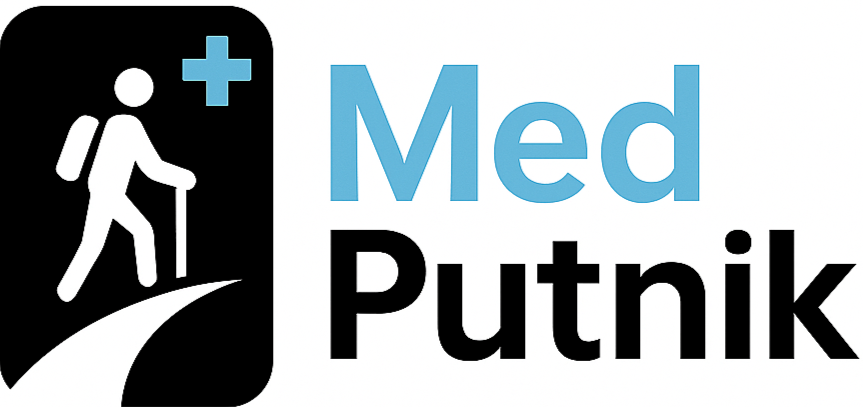Dorzagliatin – or why type 2 diabetes is no longer scary
Who can it help?
Dorsaglitin: “restarting” the sugar sensor. How it works and what to expect
Description: a brief overview of the mechanism, its status in China, what research has shown, and who might benefit from it.
Dorzagliatin is the world’s first approved glucokinase activator (GKA). It restores the sensitivity of the body’s natural “glucose sensors” in the pancreas and liver, helping the body respond to sugar in a more physiological way. Since its effect depends on glucose levels, the risk of hypoglycemia is lower compared to drugs with a “fixed” or rigid action.
On September 30, 2022, Dorzagliatin was approved in China (NMPA) both as monotherapy and in combination with metformin — the first GKA drug approved worldwide.
What did studies show?
In Phase III clinical trials (SEED — in drug-naïve patients, and DAWN — as an add-on to metformin), Dorzagliatin significantly reduced HbA1c and postprandial glucose compared with placebo. Its safety profile was comparable to control. A meta-analysis of clinical trials also confirmed efficacy and acceptable tolerability.
Early type 2 diabetes: a special interest
Observations suggest that in some patients who started therapy at an early stage of type 2 diabetes, normal blood glucose (so-called “remission”) could be achieved and maintained even after treatment was stopped. While this is not a cure, it signals the potential to restore glucose regulation in early-stage patients. Decisions, of course, must always be individualized and made together with a physician.
Who may benefit?
Adults with type 2 diabetes, especially those needing improved postprandial control or for whom other regimens are unsuitable. However, treatment decisions are made strictly by an endocrinologist, taking into account coexisting conditions and other medications.
⚠️ Important: Self-treatment is not an option. Always discuss therapy choices with your healthcare provider.
For questions about access and logistics, our partner MedPutnik can provide organizational guidance.
Sources: Hua Medicine / NMPA; Phase III SEED & DAWN trials; safety and efficacy meta-analysis.
Hua Medicine — пресс-релиз об одобрении дорзаглиатина (NMPA, 2022):
https://www.huamedicine.com/en/news/20220930
ClinicalTrials.gov — SEED trial (NCT03173391):
https://clinicaltrials.gov/study/NCT03173391
ClinicalTrials.gov — DAWN trial (NCT03141073):
https://clinicaltrials.gov/study/NCT03141073
Yang CY et al. Dorzeagliatin as a novel glucokinase activator for type 2 diabetes: results from phase 3 trials. Diabetes Obes Metab. 2023.
https://pubmed.ncbi.nlm.nih.gov/37162305/
Wang L et al. Safety and efficacy of dorzagliatin in type 2 diabetes: meta-analysis. Front Endocrinol. 2022.
Description: a brief overview of the mechanism, its status in China, what research has shown, and who might benefit from it.
Dorzagliatin is the world’s first approved glucokinase activator (GKA). It restores the sensitivity of the body’s natural “glucose sensors” in the pancreas and liver, helping the body respond to sugar in a more physiological way. Since its effect depends on glucose levels, the risk of hypoglycemia is lower compared to drugs with a “fixed” or rigid action.
On September 30, 2022, Dorzagliatin was approved in China (NMPA) both as monotherapy and in combination with metformin — the first GKA drug approved worldwide.
What did studies show?
In Phase III clinical trials (SEED — in drug-naïve patients, and DAWN — as an add-on to metformin), Dorzagliatin significantly reduced HbA1c and postprandial glucose compared with placebo. Its safety profile was comparable to control. A meta-analysis of clinical trials also confirmed efficacy and acceptable tolerability.
Early type 2 diabetes: a special interest
Observations suggest that in some patients who started therapy at an early stage of type 2 diabetes, normal blood glucose (so-called “remission”) could be achieved and maintained even after treatment was stopped. While this is not a cure, it signals the potential to restore glucose regulation in early-stage patients. Decisions, of course, must always be individualized and made together with a physician.
Who may benefit?
Adults with type 2 diabetes, especially those needing improved postprandial control or for whom other regimens are unsuitable. However, treatment decisions are made strictly by an endocrinologist, taking into account coexisting conditions and other medications.
⚠️ Important: Self-treatment is not an option. Always discuss therapy choices with your healthcare provider.
For questions about access and logistics, our partner MedPutnik can provide organizational guidance.
Sources: Hua Medicine / NMPA; Phase III SEED & DAWN trials; safety and efficacy meta-analysis.
Hua Medicine — пресс-релиз об одобрении дорзаглиатина (NMPA, 2022):
https://www.huamedicine.com/en/news/20220930
ClinicalTrials.gov — SEED trial (NCT03173391):
https://clinicaltrials.gov/study/NCT03173391
ClinicalTrials.gov — DAWN trial (NCT03141073):
https://clinicaltrials.gov/study/NCT03141073
Yang CY et al. Dorzeagliatin as a novel glucokinase activator for type 2 diabetes: results from phase 3 trials. Diabetes Obes Metab. 2023.
https://pubmed.ncbi.nlm.nih.gov/37162305/
Wang L et al. Safety and efficacy of dorzagliatin in type 2 diabetes: meta-analysis. Front Endocrinol. 2022.
